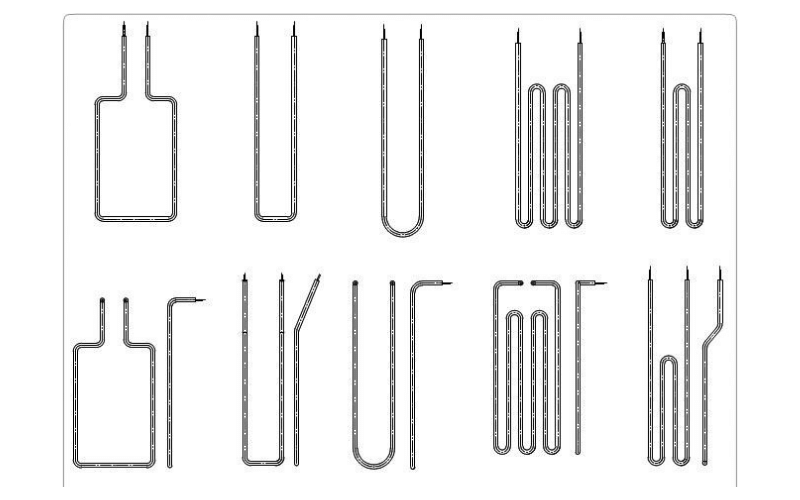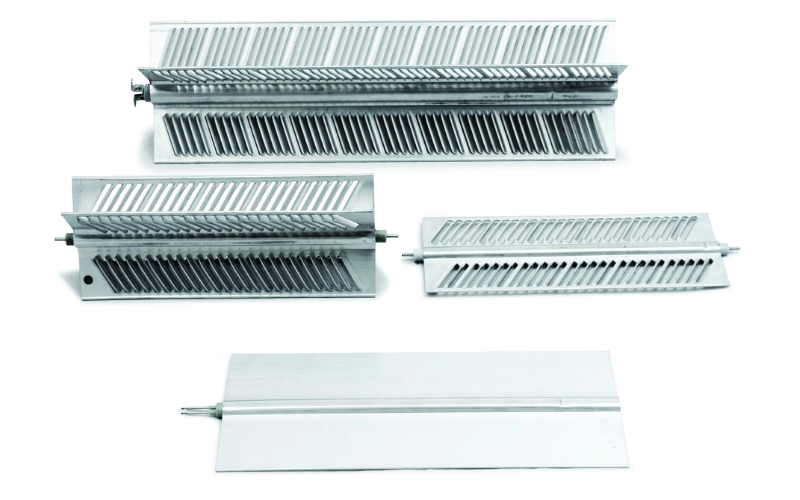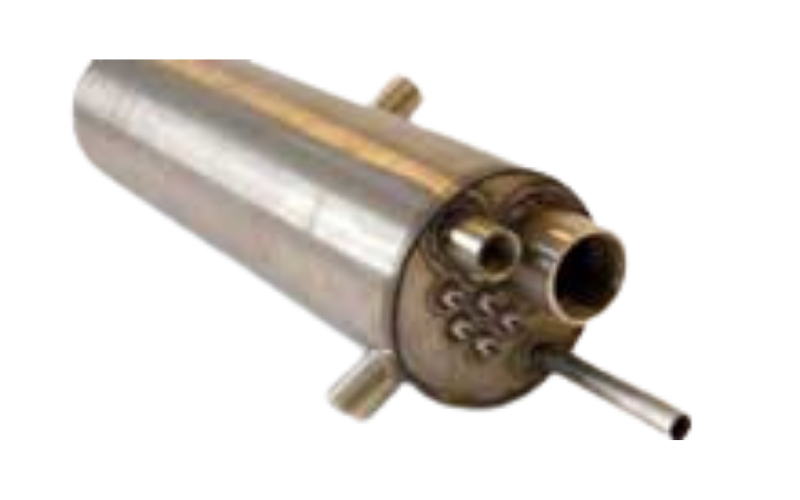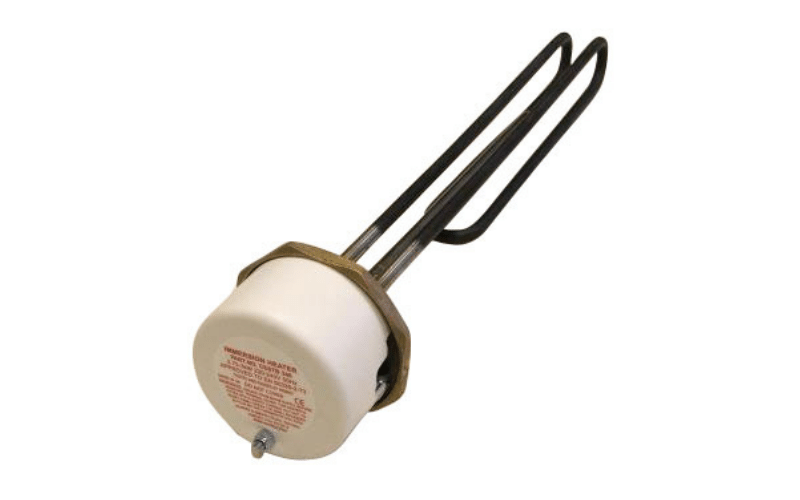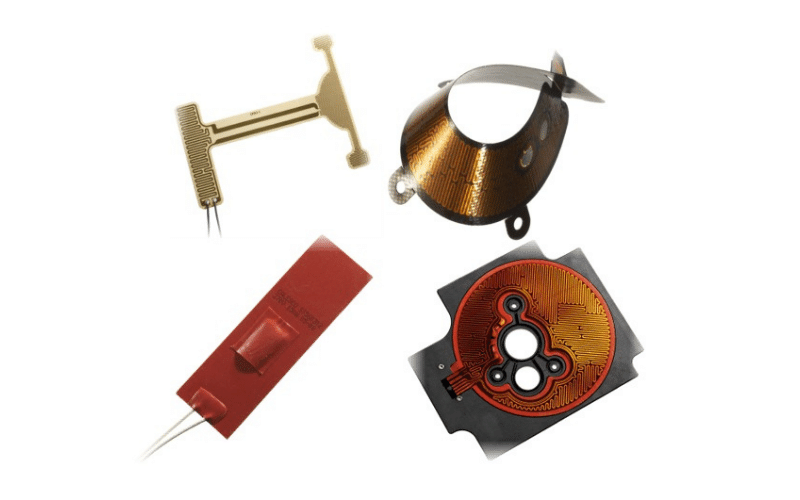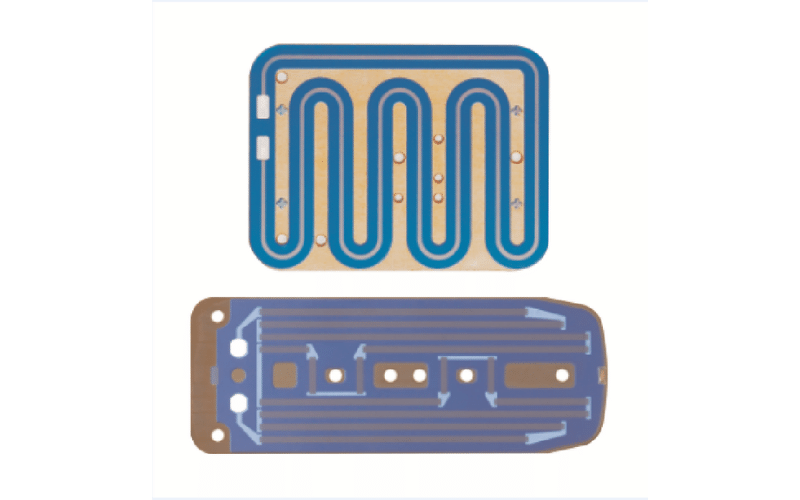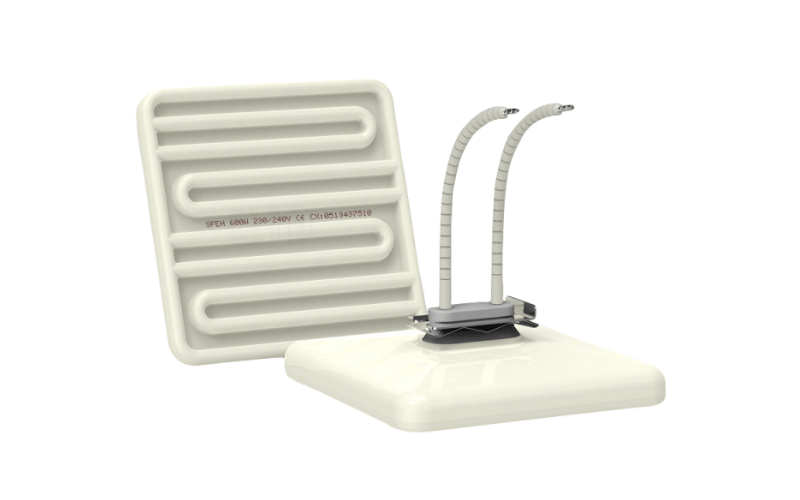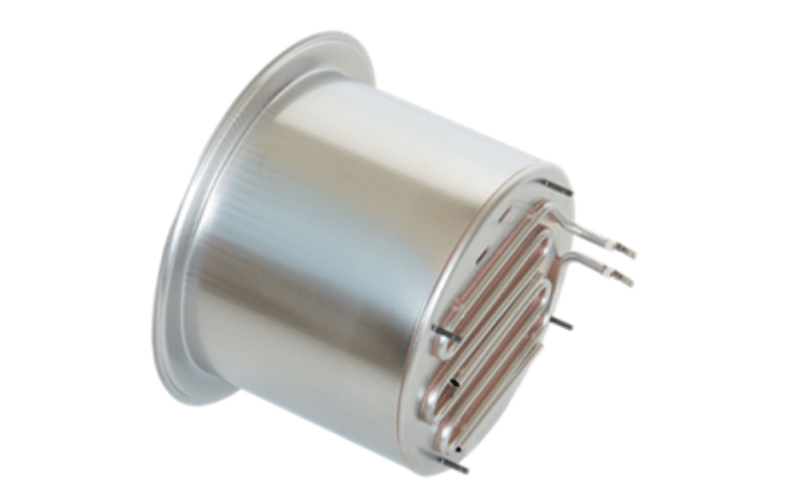Published date:
Understanding Immersion Heater Running Costs and How to Reduce Them
For many UK homeowners, especially those off the gas grid or relying on electric-only systems, immersion heaters are a vital part of daily life. But how much do they really cost to run? And more importantly, how can you reduce those costs without compromising on comfort?
This guide breaks down the real running costs of immersion heaters, what affects their energy consumption, and practical ways to improve efficiency and save money.
What Is an Immersion Heater?
An immersion heater is an electric heating element installed inside a hot water cylinder. It works by using resistive heating—electricity flows through the element, generating heat that warms the surrounding water. These heaters are commonly used in domestic hot water systems and are especially useful in homes without gas boilers
Key Components:
- Heating Element: Typically made from copper, Incoloy, or titanium depending on water hardness.
- Thermostat: Regulates water temperature and includes a safety cut-off.
- Head: Suits most common tank fittings.
Immersion heaters are easy to install, versatile, and compatible with solar PV systems, making them a popular choice for energy-conscious households
How Much Does an Immersion Heater Cost to Run?
The cost of running an immersion heater depends on its power rating and how long it operates. Most domestic units are rated at 3kW.
Example Calculation:
If electricity costs £0.29 per kWh:
- 3kW × 1 hour × £0.29 = £0.87 per hour
- So, if you use hot water for 3 hours daily with a 3kW immersion heater, that is £2.61 a day.
Typical Usage Patterns:
- Heating water once or twice daily
- Reheating depending on household size and usage
- Using timers or thermostats to control operation
Factors Influencing Running Costs:
- Tank Size: Larger tanks take more energy to heat.
- Thermostat Setting: Higher temperatures use more electricity.
- Insulation: Poor insulation leads to heat loss and more frequent reheating.
- Usage Habits: Long showers or frequent hot water use increases costs.
- Tariffs: Off-peak tariffs like Economy 7 can significantly reduce costs.
Tips to Reduce Immersion Heater Running Costs
Use a Timer to Control Heating Times
Set your immersion heater to operate during off-peak hours (e.g., overnight on Economy 7 tariffs). This can cut your energy bills by up to 50% when combined with other processes and appliances.
Insulate Your Hot Water Tank
Lagging your tank and pipes helps retain heat, reducing the need for reheating. This simple upgrade can save in electricity bills, as less power will be used getting your water back up to temperature. We can provide tank jackets to aid with insulation if you contact us.
Set the Thermostat to an Efficient Temperature
Keep your thermostat between 55°C and 60°C. This range balances energy efficiency with safety, preventing bacterial growth while avoiding overheating
Regular Maintenance and Descaling
Limescale build-up, especially in hard water areas, reduces efficiency. Regular descaling and checking the thermostat ensures optimal performance
Comparing Immersion Heaters to Other Heating Options
Immersion Heater vs. Gas Boiler
- Installation Cost: Lower for immersion heaters as there are no gas pipes involved, and new boilers are expensive to install
- Carbon Impact: Lower, more so if powered by renewable electricity
- Suitability: Ideal for off-grid or backup systems
Immersion Heater vs. Solar Water Heating
- Solar systems can preheat water, reducing immersion heater usage
- PV diverters can store excess solar energy as hot water
- Long-term savings and environmental benefits are significant. Immersion heaters and solar power making the biggest green impact to your energy usage
Speak to an Expert
Not sure if your immersion heater is running efficiently? Want to explore upgrades or solar integration?
Speak to a Heatrod technical specialist for tailored advice on improving your hot water system.

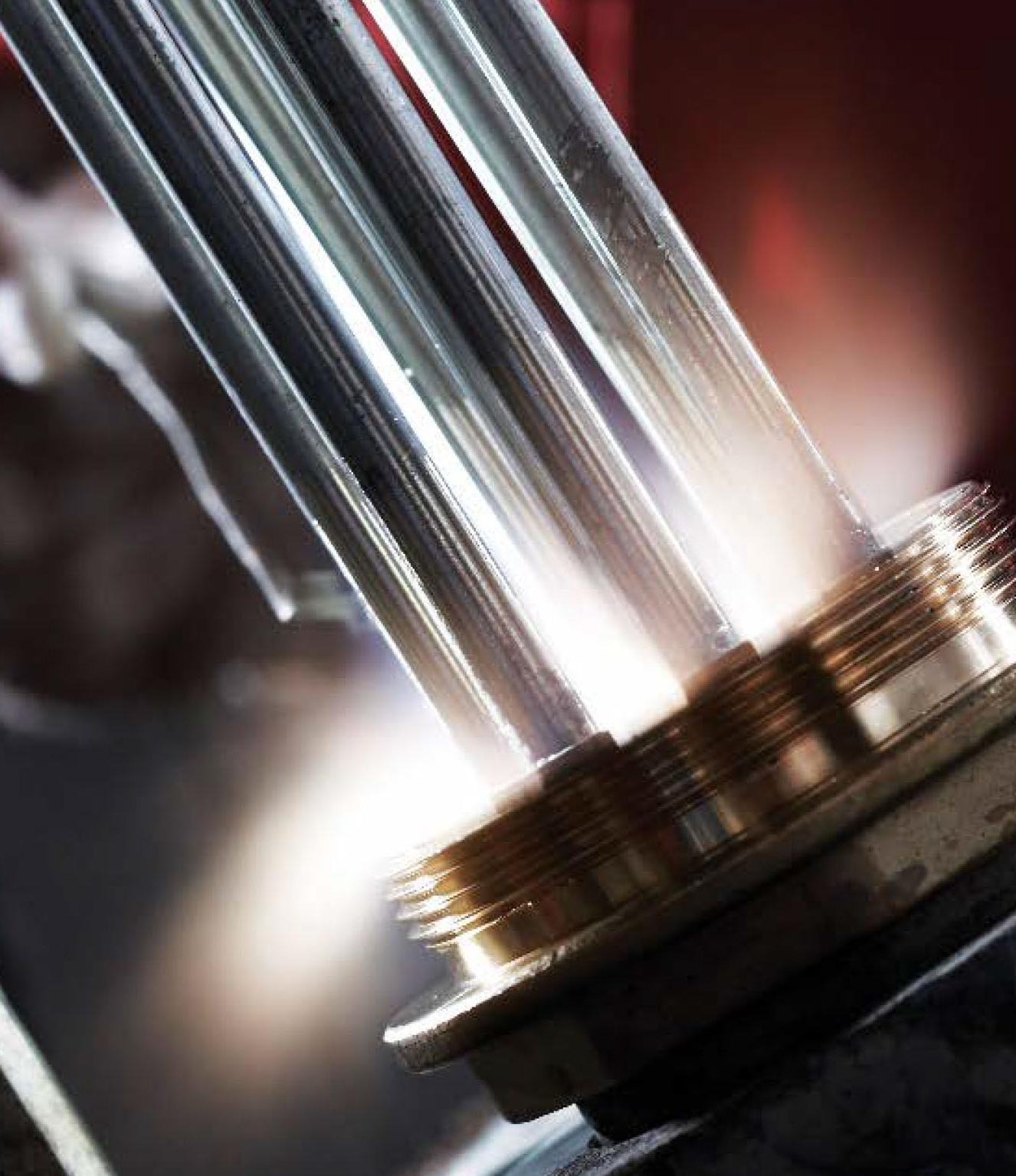%201_element.jpg)
%201-industrial.jpg)
%201-projects.jpg)
%20(2)%201500x500.jpg)

